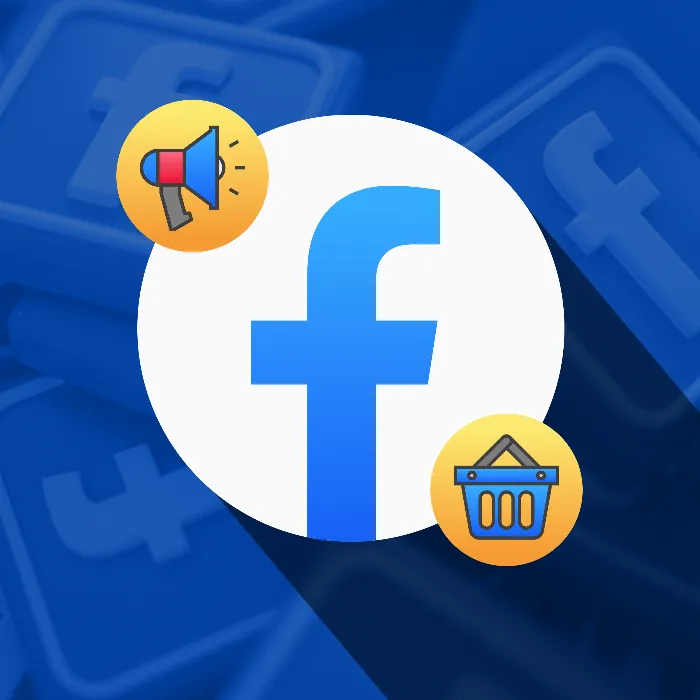Facebook offers you a variety of tools to measure and optimize the effectiveness of your strategies. In this tutorial, you will learn how to use these Performance Tools on Facebook to better achieve your marketing goals.
Key Findings
Audience engagement and analyzing audience interactions are crucial to measuring the success of your content on Facebook. You can see how long users have watched your videos, which content performs best, and gain very important insights into the demographics of your target audience.
Step-by-Step Guide
1. Understanding Audience Engagement
A key point in analyzing the performance of your videos is "Audience Engagement." Here, you can find out how many minutes people have watched your videos. It is important to also evaluate the percentage of videos viewed. For example, if a user clicks on a video and shows interest during it, you will be able to recognize what appeals to your audience through these metrics.
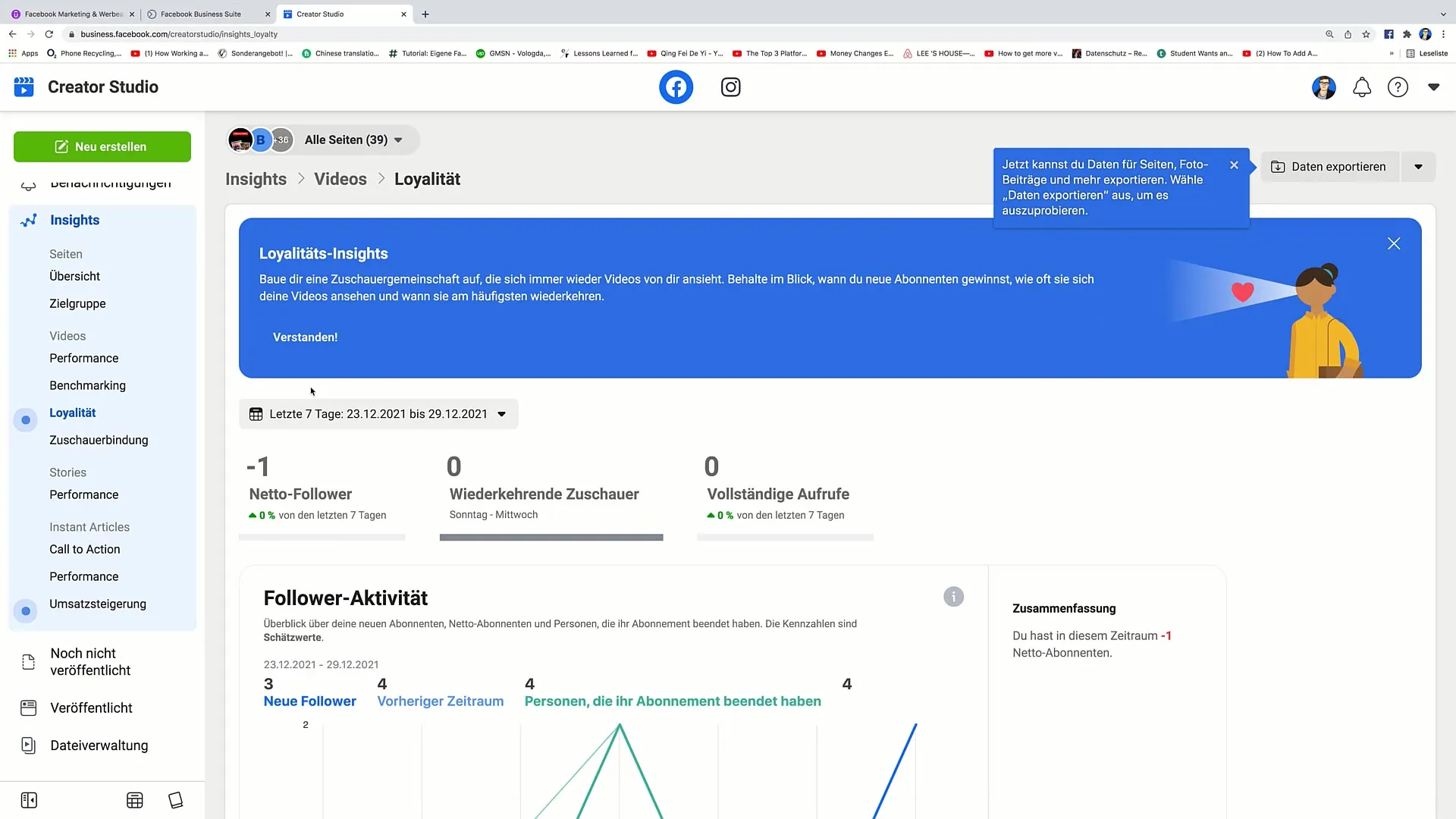
2. Analysis of Audience Interactions
Another important aspect is monitoring audience interactions, including the duration for which users have consumed your content. You should analyze the number of 3-second, 15-second, and 1-minute video views. Through these data, you can discover how many of the users stay beyond 3 seconds and how many make it to 15 or even a minute. The conversion rate is a useful tool here to understand how audience engagement looks.
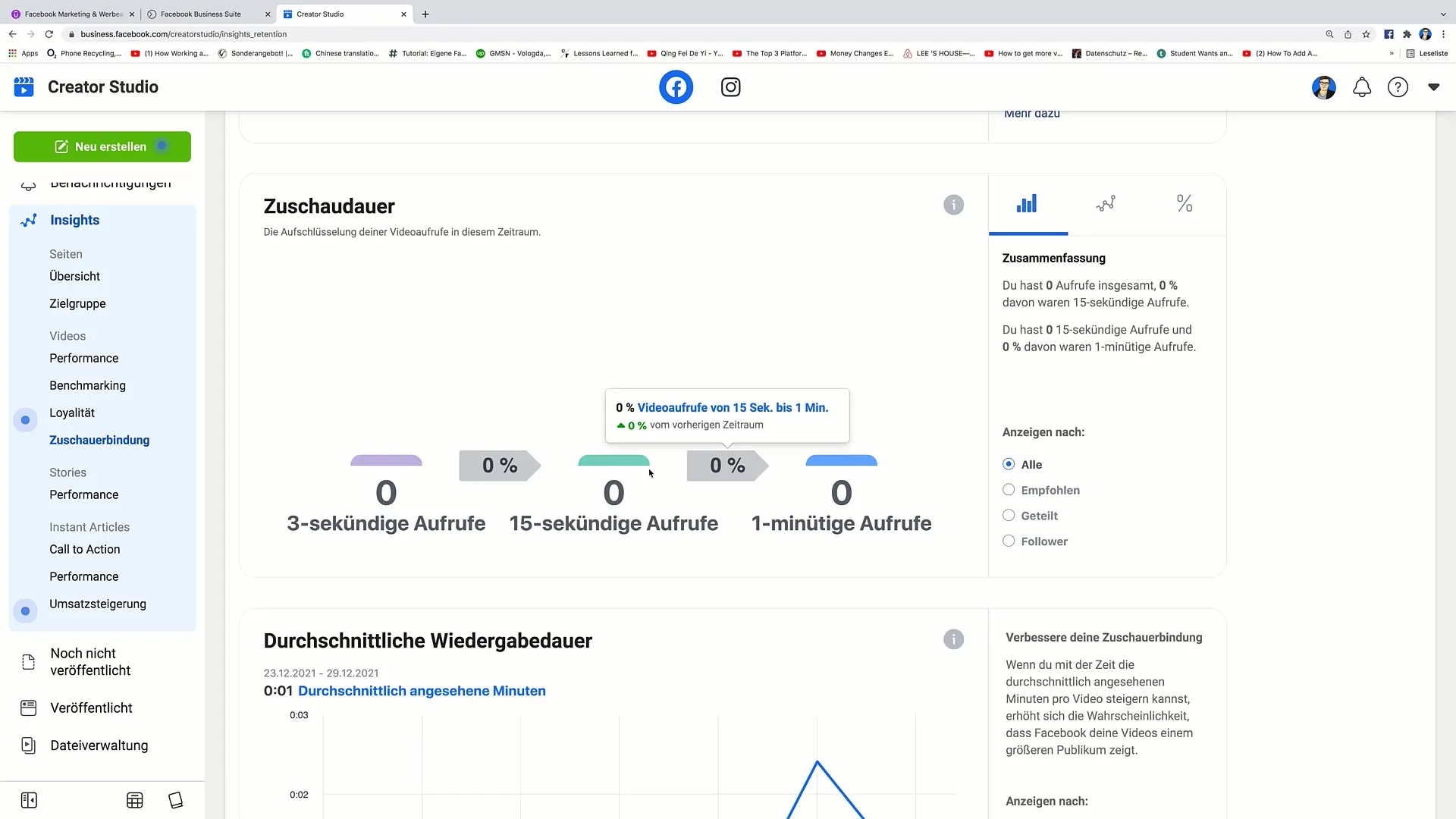
3. Average Playback Duration
The average playback duration of your videos indicates how long and how often your content is viewed. A high value could suggest that your content is engaging, while low values should refine the attractiveness of your videos. Organic, paid, and recommended content can be filtered separately to understand the performance of their respective campaigns.
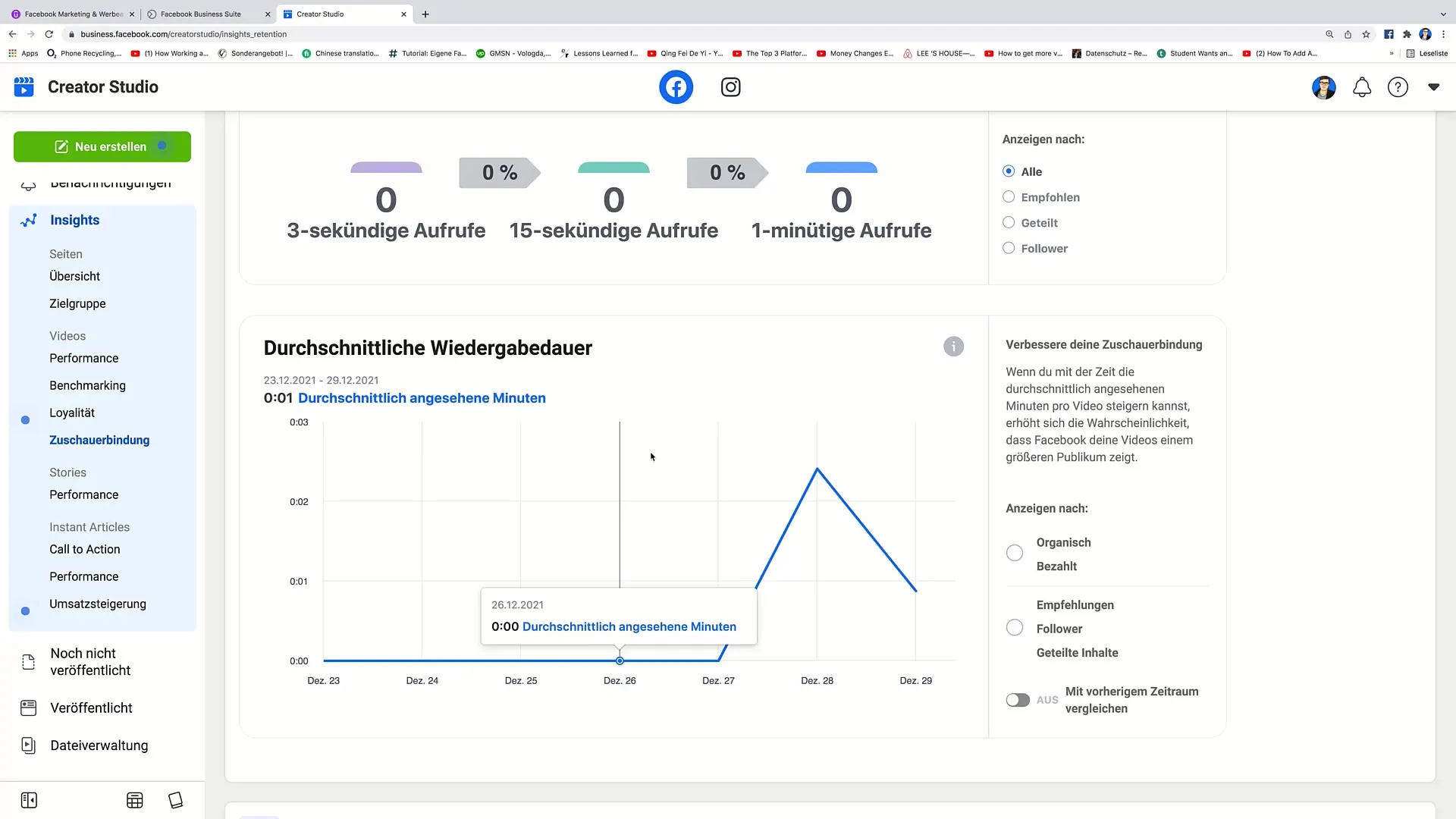
4. Performance of Stories
The performance of your Facebook Stories provides valuable insights. You can track how many views your Stories have received and what the interaction rate was. Analyzing these metrics allows you to optimize content and potentially improve storytelling to generate more attention.
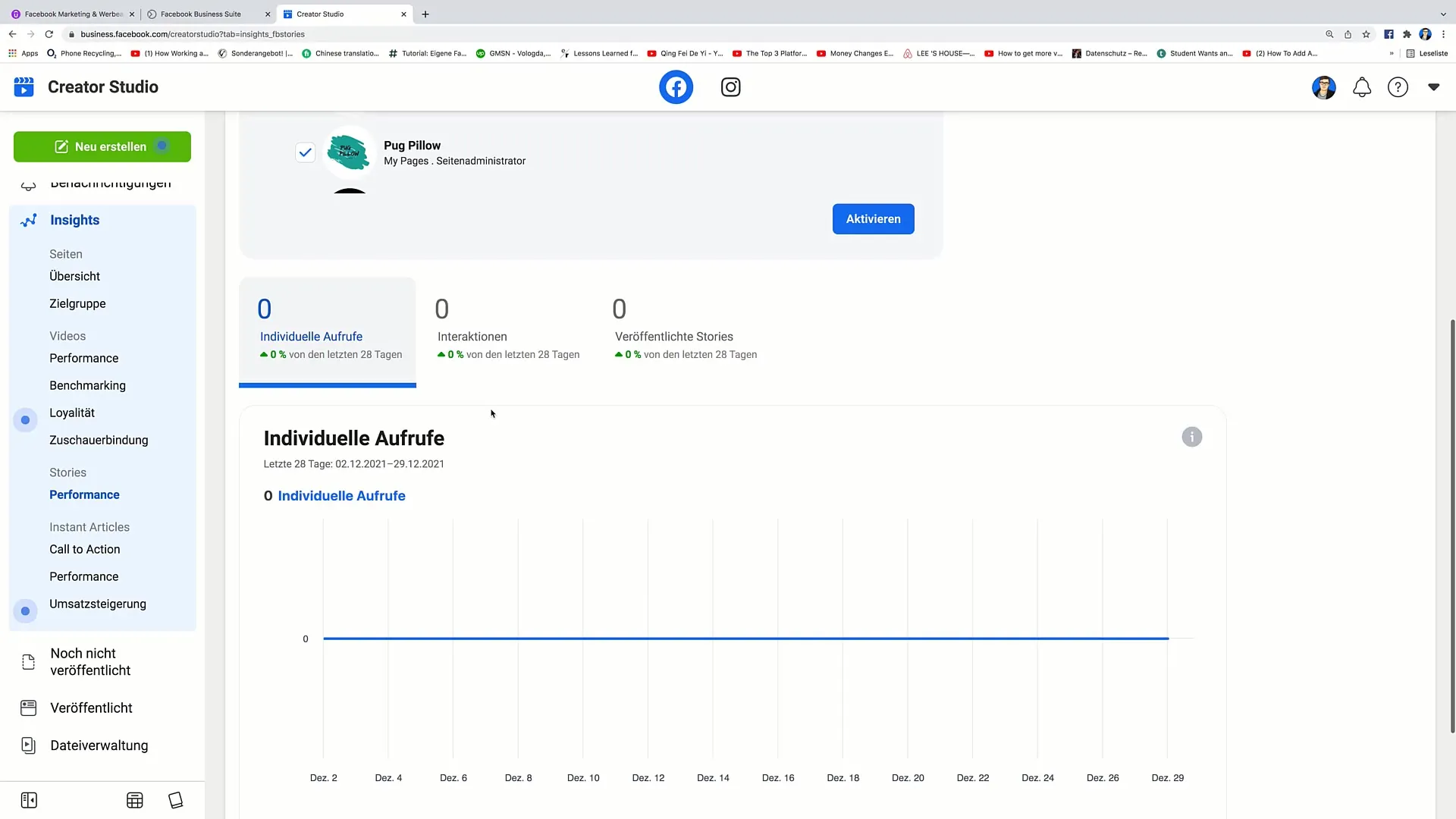
5. Tracking Instant Articles
If you are using Instant Articles, you can also measure the performance here. Check the number of newsletter sign-ups, "Likes," app installations, and the gender of visitors. This provides a deep insight into your target audience and their preferences.
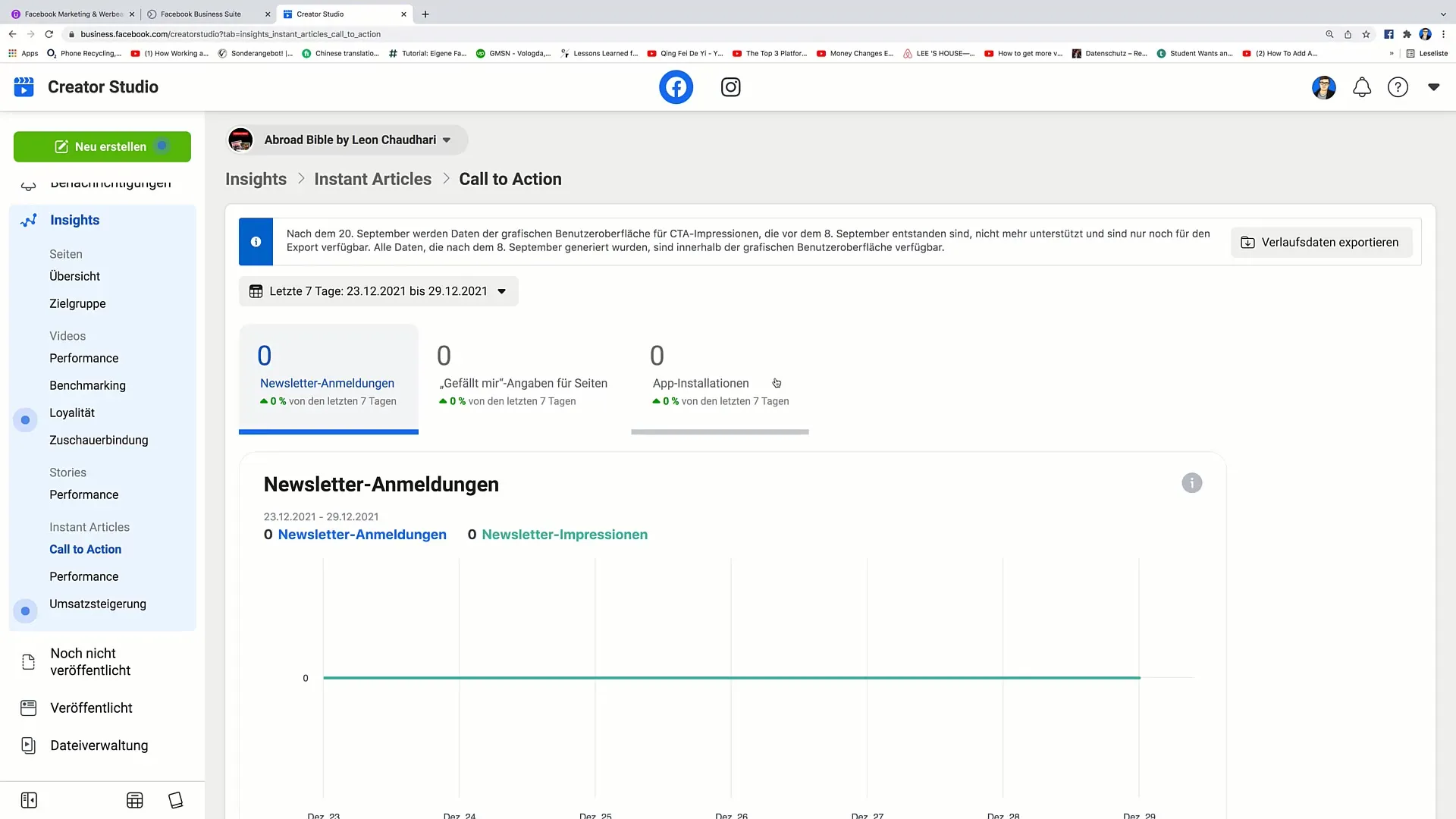
6. Analyzing Revenue Growth
Of course, determining your revenue growth is crucial as well. You can analyze whether the publications of your articles and posts have increased or decreased revenue. Make sure to regularly consult these statistics to conduct SWOT analyses (Strengths, Weaknesses, Opportunities, and Threats).
7. File Management and Post Filtering
File management in Facebook allows you to view and organize all the content you have created. Filter by various criteria to get a better overview of your unpublished content. This enables you to discover insights and potentials that may have been overlooked.
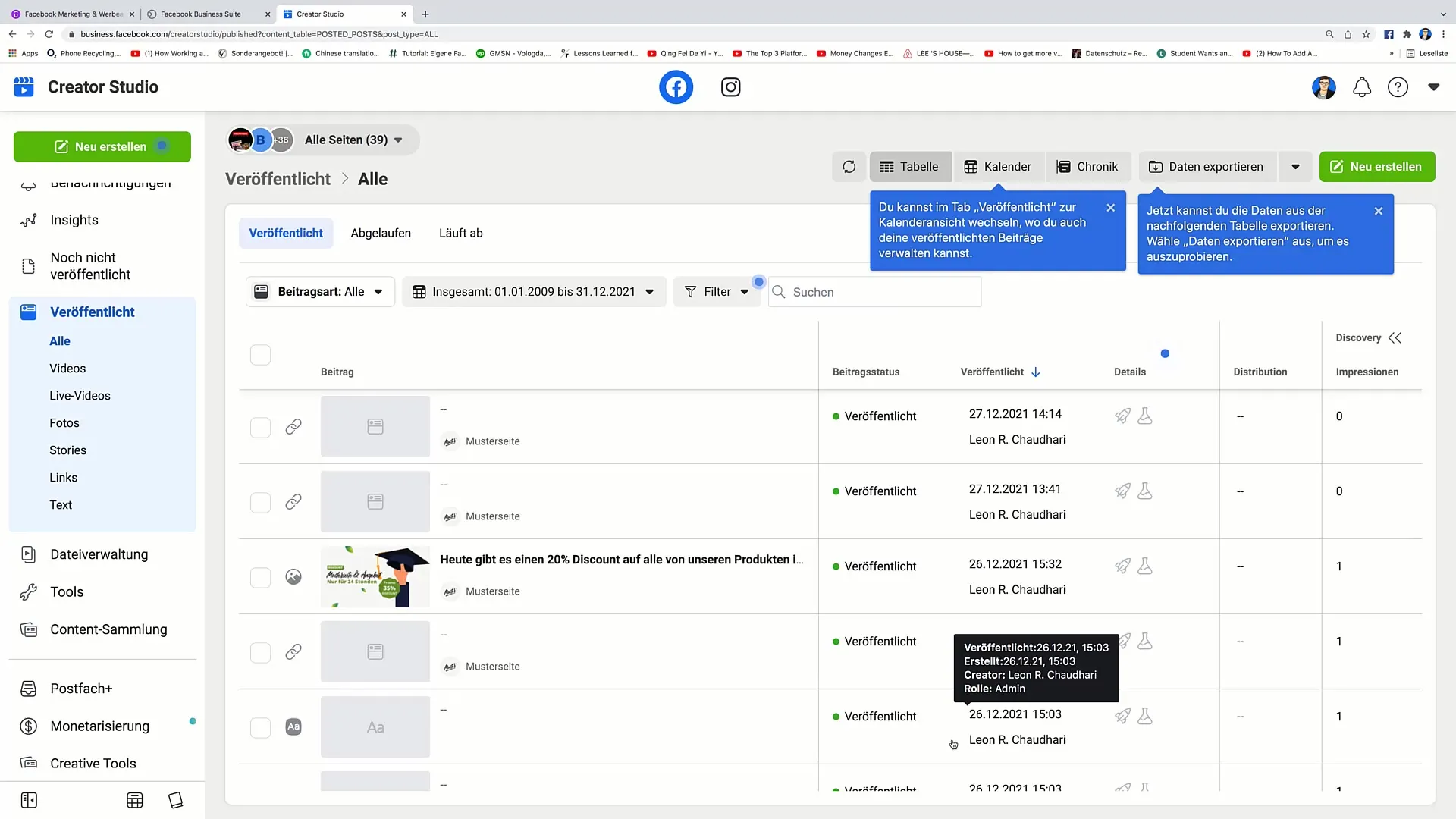
8. Patient Relationship Management
Facebook also provides you with tools for Customer Relationship Management (CRM). Through Postfach Plus, you can track all messages and interactions with your customers. It is important to add information to individual users to efficiently conduct Customer Relationship Management. This way, you always have all relevant information available to potentially promote sales.
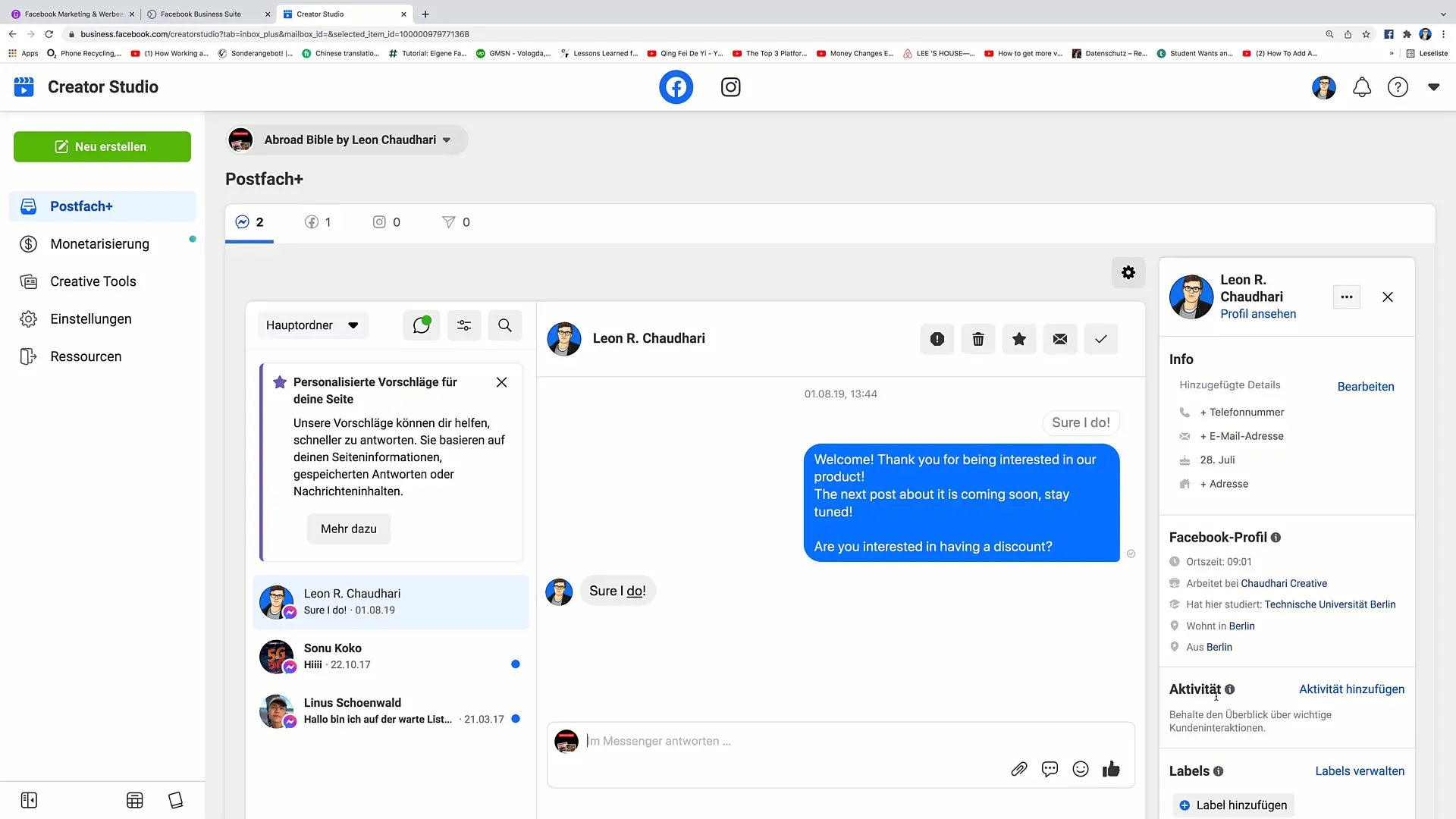
9. Monetization of Content
One of the best strategies you can follow is to monetize your Facebook pages. Although this will be covered in another video, it is essential to be informed about this possibility. Monetization can happen in various ways, depending on your target audience and the platforms you are using.
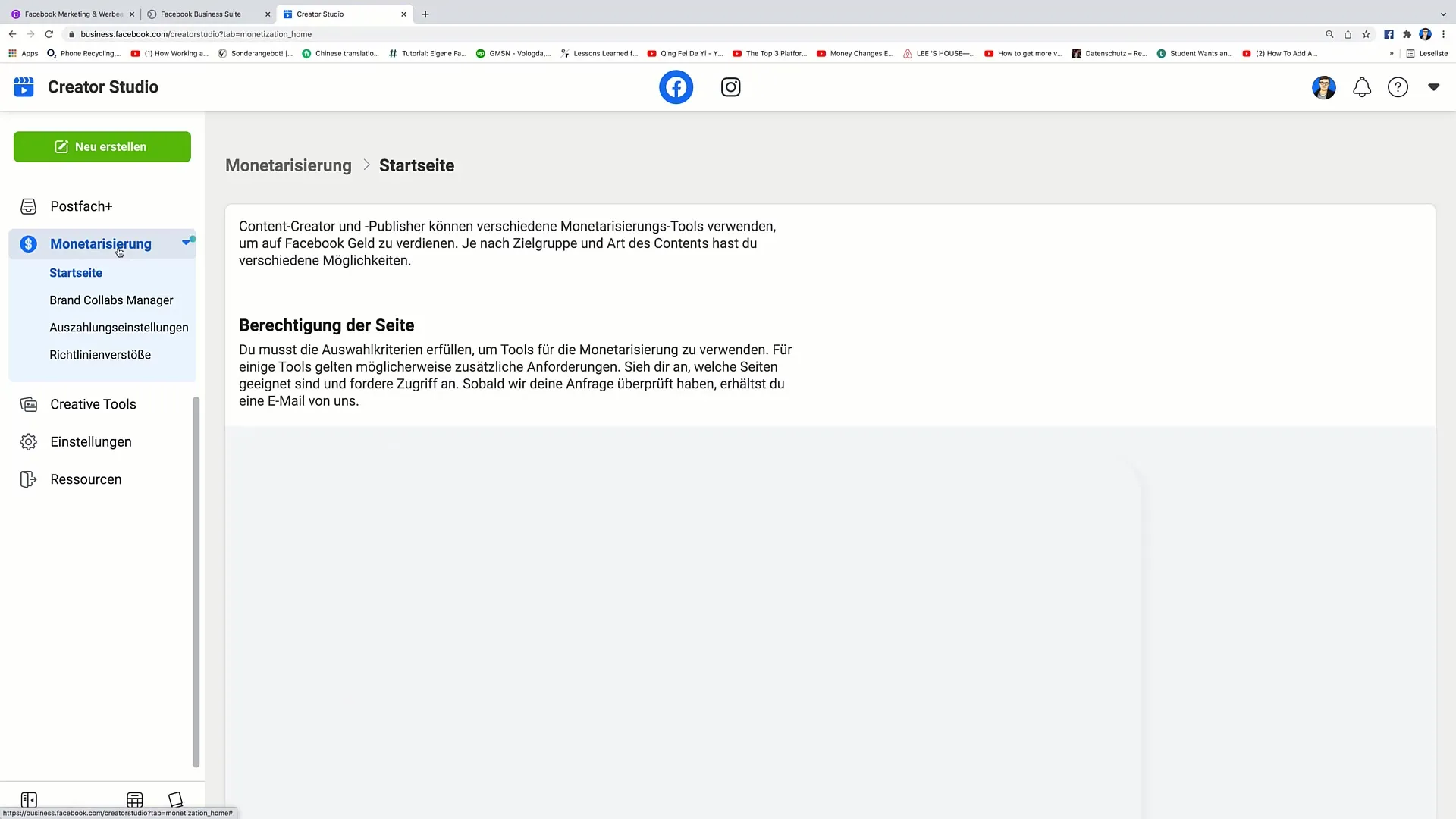
Summary
In summary, Facebook's performance tools are an essential resource for understanding user behavior, optimizing content, and improving the overall marketing strategy.
Frequently Asked Questions
How can I increase viewer engagement on my videos?By sharing engaging and relevant content that captures your viewers' interest.
What data should I monitor to increase revenue?Pay attention to interactions with your posts and their direct impact on sales.
How often should I analyze my content performance?It is advisable to conduct an analysis regularly, for example weekly or monthly, in order to continuously optimize.
What is the difference between organic and paid traffic?Organic traffic comes from users who find you based on content or recommendations, while paid traffic is generated through advertisements.
What role does Customer Relationship Management (CRM) play on Facebook?It helps to keep track of user interactions and allows for personalized communication and marketing strategies.
